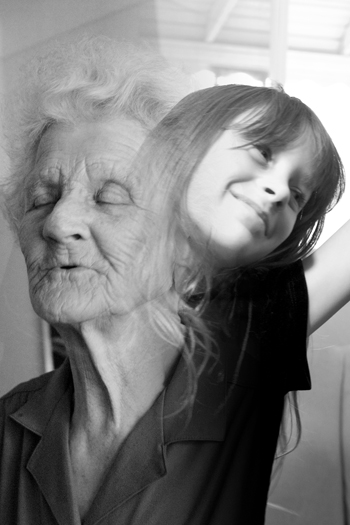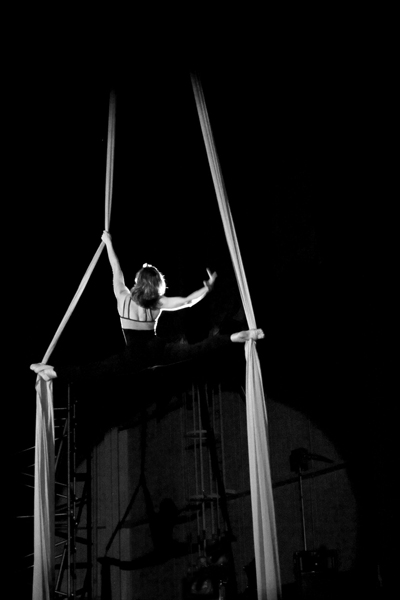Yesterday was December 6. It was the sixteenth anniversary of the Montréal Massacre that took place at École Polytechnique in Montréal, Québec, Canada. On this day, 14 women were massacred by a man with a semi automatic because he believed they had taken what should have been his place as a student in the faculty of engineering. Thirteen of these women were engineering students. One was a staff person in the budget department. Other people were injured and there were suicides in the days that followed. It was tragic.
Have you heard about this before? Does anyone else mark this horrible happening?
I remember when it happened. I was a high school senior and I remember being in shock. I remember hearing that women had been killed but I don’t remember really understanding the killer’s reason – that they were all FEMINISTS and for that they would be murdered. I don’t remember making the connection that there was more to this murder – I live near Detroit, I heard about murders all the time – or – so – I – thought. Nobody explained it to me. No one talked about it. All we said was holy – oh – my – uggh – wow – awful – NOOOOOO and then carried on. It was just another murder, right? What was feminism and what did it have to do with dying?
Shortly after this I changed my plans from aerospace engineering (I had wanted to design rockets until I hit grade 12 and discovered Art…. ) but I wonder if the Montreal Massacre was an influence on that decision. When I think back, I can’t remember that well, but I know I certainly didn’t want to be in a position of danger. I had never thought of non-traditional choices as being life-threatening but this was proof that life as a woman was dangerous. Really really dangerous.
It’s important to me to remember these women and this event each year now, since becoming more educated about the interlocking issues of what happened that day. It’s not just about women in engineering. It’s not just about men’s anger and frustration about losing privilege and power. It’s not just about women being victims of violence. It’s not just about women’s access to the World. It’s about all of these.
So this week I participated in a drive to raise funds and donations for a grassroots women’s homeless shelter as they work toward ending violence against women. In one of my classes I listened to The Wyrd Sister’s This Memory , and last night I went to the vigil on my campus.
I don’t know what happened with the planning this year because I don’t know the organizers but I’d really like to make a couple of points that I believe are very very very important regarding this event.
- Please say the women’s names correctly. This is very important.
You dishonour them by not learning their names. If you are not able to pronounce the French, please find someone who can. If no one can be found then please do your best but don’t laugh when you stumble over them. It’s not funny. Please practice.
- Please include a moment of silence. This is very important.
Yes it’s cold here – that’s why it’s called Canada – but to stand outside for one minute of silence out of respect to these and all the other women who have died in senseless murders because they are women is what makes the ceremony a memorial. Please don’t turn this event into a show without substance.
After the reading of names outside at the memorial we returned to the reception. Walking back, the group I was with figured the moment of silence must be planned for indoors – and that an error had been made on the program. When we finally realized that the moment had been forgotten we pulled a group together and returned outdoors to the memorial for an improptu vigil. We made a circle between the 14 pillars representing these 14 women and held hands while one woman read the list of names. We had a minute of silence and then went on our ways, sad, but warmed.
-
Please – and this is very important, so very very important you wouldn’t believe – please don’t say his name.
Four times in the service they said his name. The women’s names were read once. By saying his name you immortalize him. What he did was wrong – so very wrong – don’t do him the honour of allowing his name to be remembered. Let him be forgotten and let the women be remembered. And don’t you see that saying his name presents this massacre as a random act? Like he was one psychopath with a gun who did something awful but that it could never happen again? He said on his suicide note that he knew what he was doing, that he was not a mad killer. Do you see that it could have happened anywhere, those women could have been any of us? Women are victims of violence every day. Women are at risk in their own homes, from their supposed loved-ones. This is NOT an isolated event. This man killed these women but violence against women happens every single day. This is gendercide.
I’m glad there was a memorial held and that I was able to attend. Some of the speeches were well spoken, particularly Brian Masse who pointed out that Canada still has much progress to make in terms of making itself safe for women. It seems that these criticisms overshadow the positive aspects of the service. It is only my intention that the critique help with planning future memorials.
The women’s names are below. Please read them as best you can, and please take a moment to reflect on why they died, and the potential that has been lost, now going into what would have been a second generation. Consider also those 13, including 4 men, who were injured but survived the massacre, and those women who attend the École Polytechnique’s engineering program today. Think about the families and friends that were also affected, and the community, and the country. Think about your own life, and the violence you have experienced or been witness to and think about what you can do so that it ends. And then, please, do something.
The Fourteen Not Forgotten
Geneviève Bergeron, 21, was a 2nd year scholarship student in civil engineering.
Hélène Colgan, 23, was in her final year of mechanical engineering and planned to take her master’s degree.
Nathalie Croteau, 23, was in her final year of mechanical engineering.
Barbara Daigneault, 22, was in her final year of mechanical engineering and held a teaching assistantship.
Anne-Marie Edward, 21, was a first year student in chemical engineering.
Maud Haviernick, 29, was a 2nd year student in engineering materials, a branch of metallurgy, and a graduate in environmental design.
Barbara Maria Klucznik, 31, was a 2nd year engineering student specializing in engineering materials.
Maryse Laganière, 25, worked in the budget department of the Polytechnique.
Maryse Leclair, 23, was a 4th year student in engineering materials.
Anne-Marie Lemay, 27, was a 4th year student in mechanical engineering.
Sonia Pelletier, 28, was to graduate the next day in mechanical engineering. She was awarded a degree posthumously.
Michèle Richard, 21, was a 2nd year student in engineering materials.
Annie St-Arneault, 23, was a mechanical engineering student.
Annie Turcotte, 21, was a first year student in engineering materials.
 Comments(1)
Comments(1)
